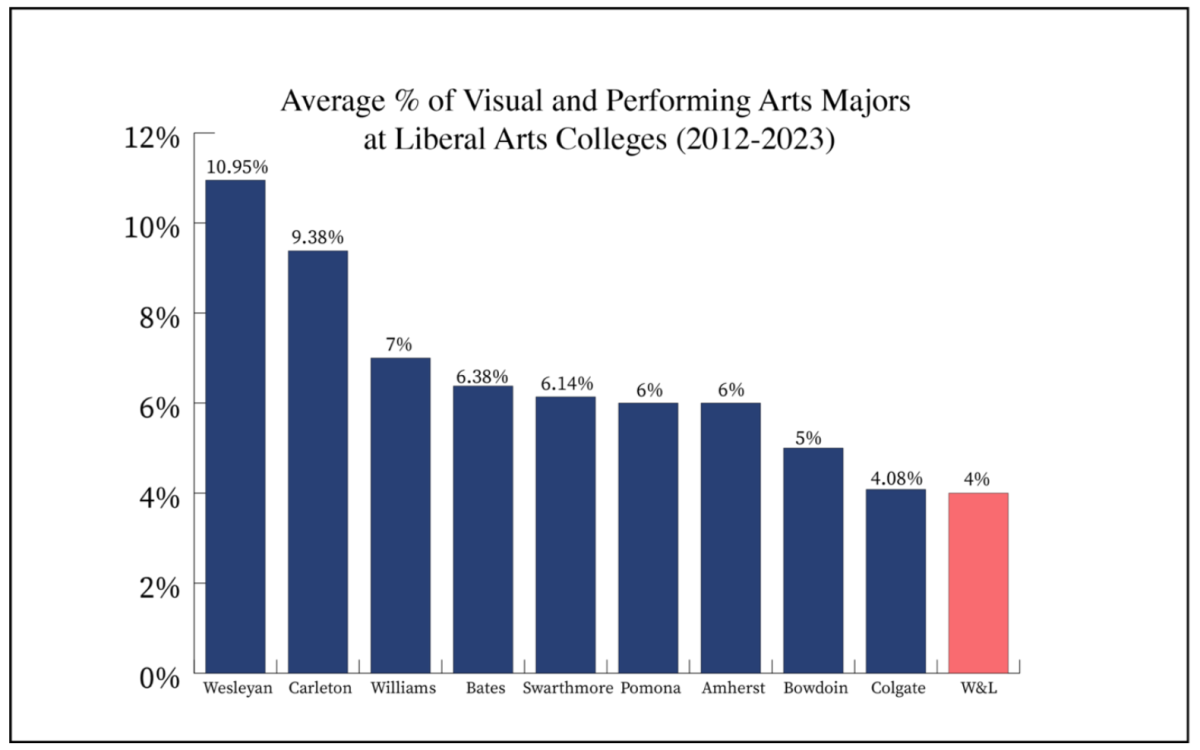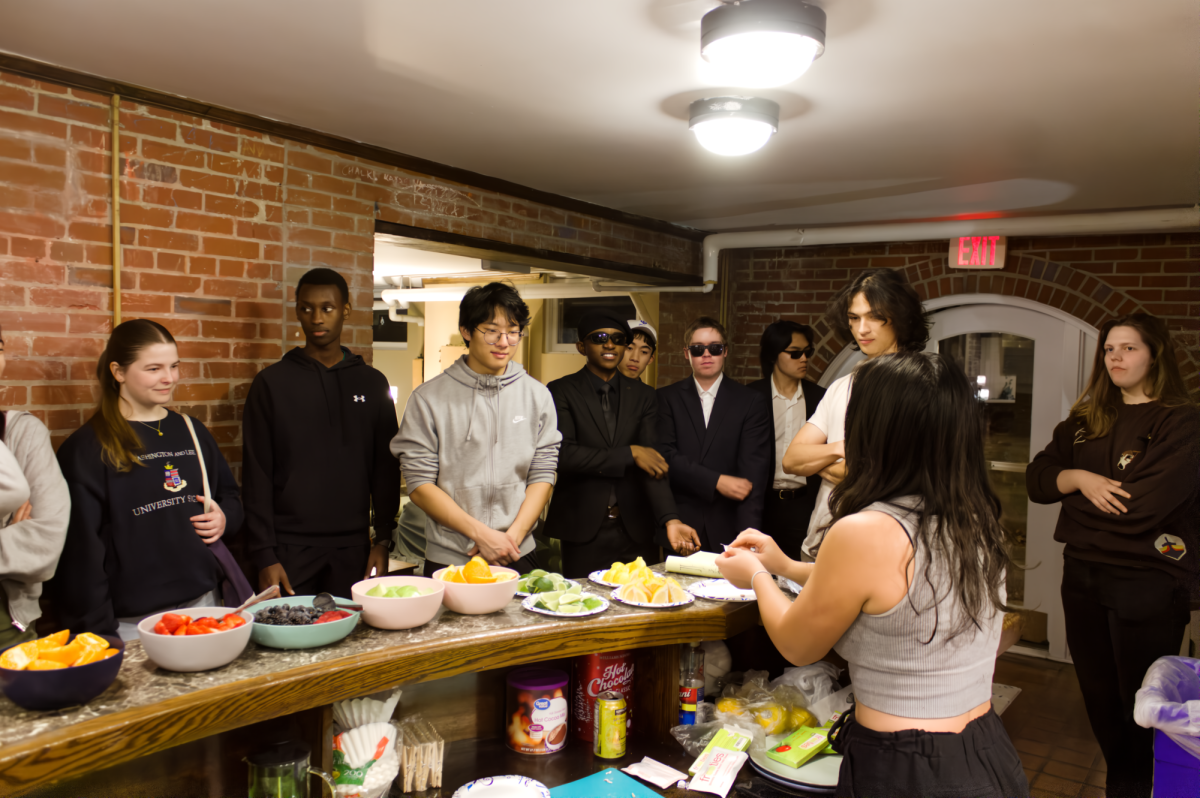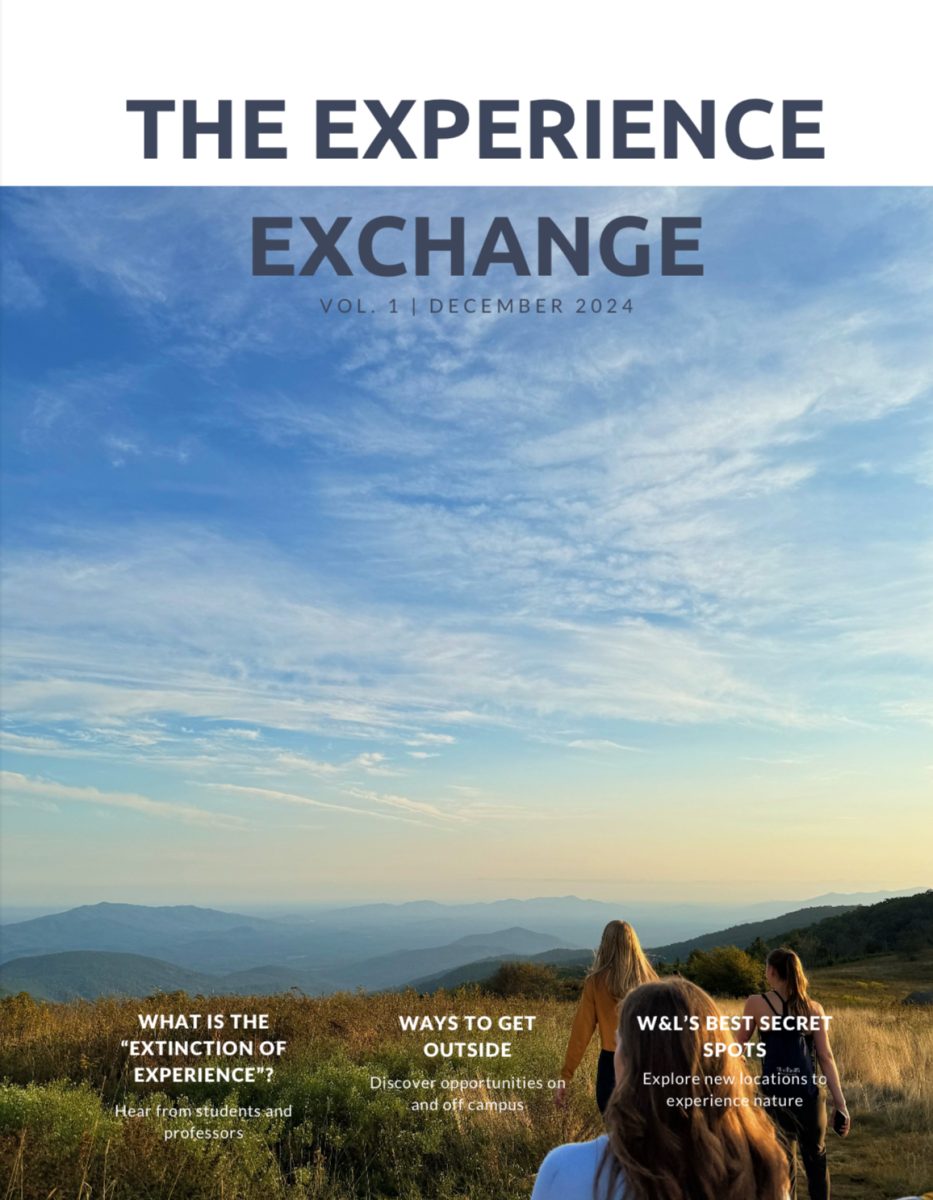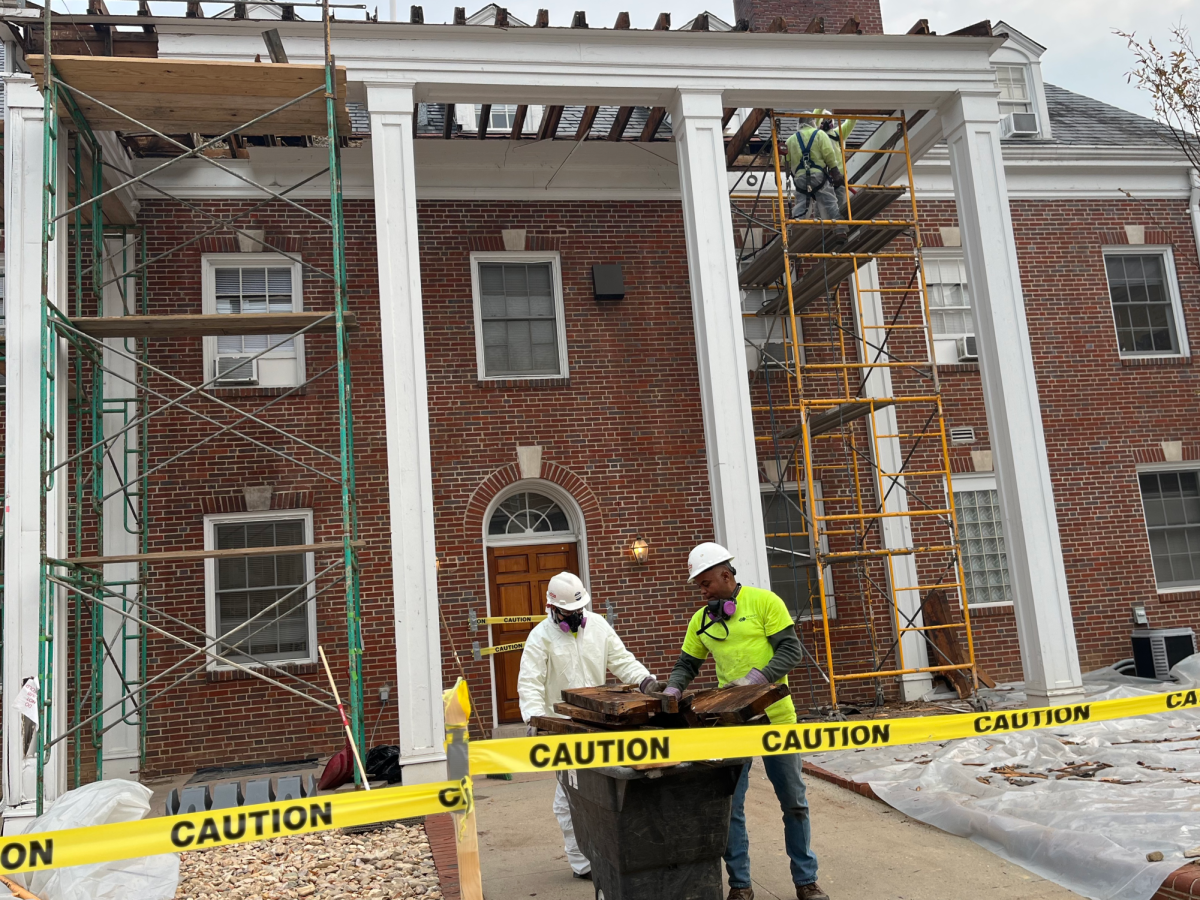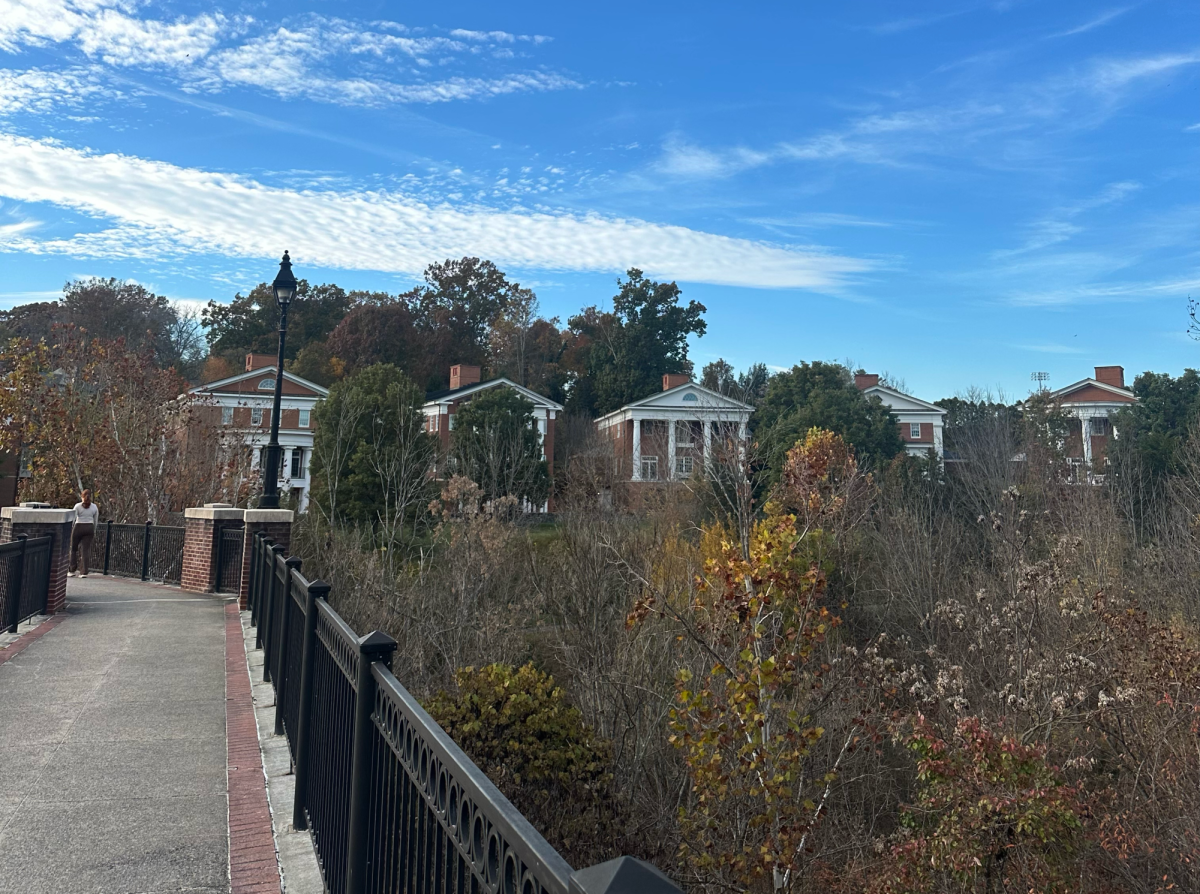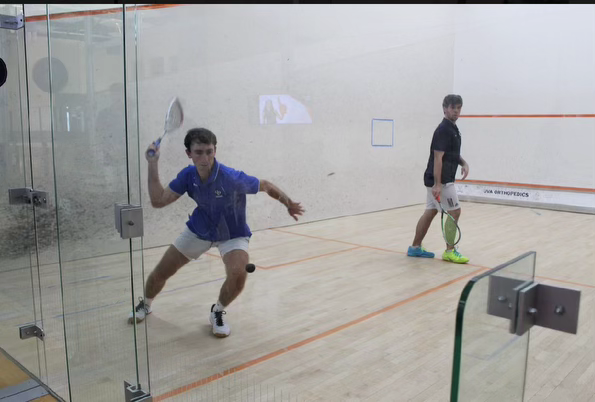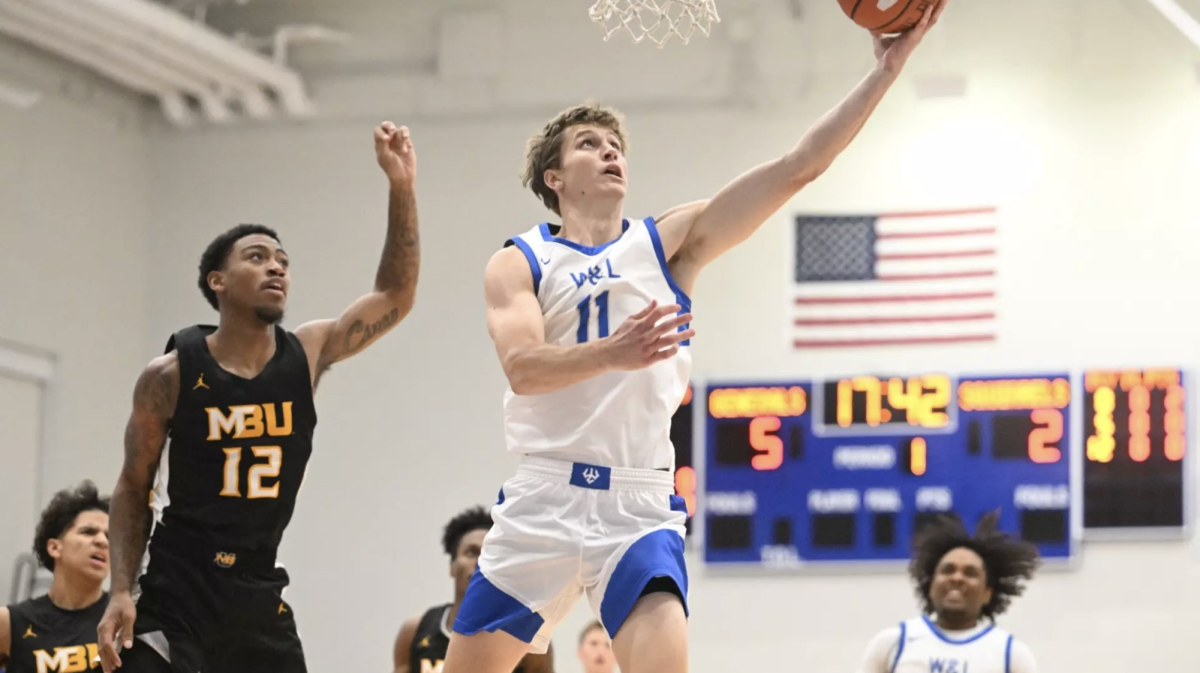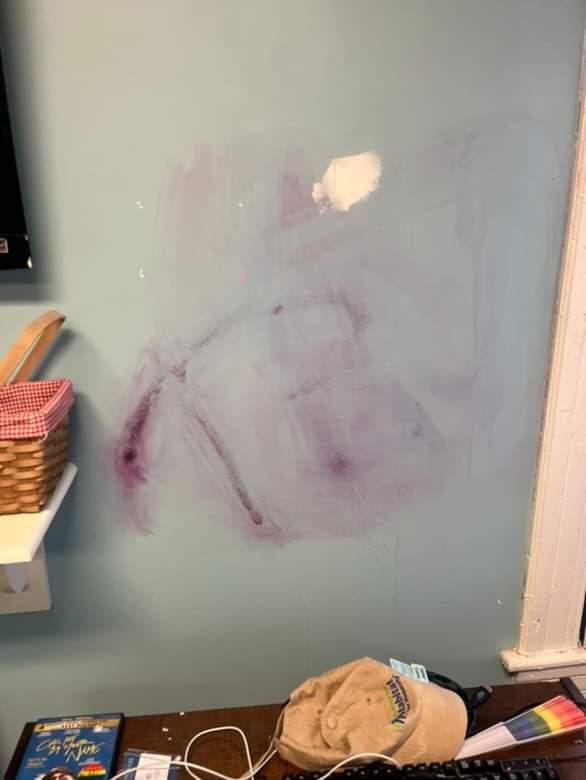Students majoring in the arts are few and far between at Washington and Lee compared to other liberal arts schools. They have been for a long time.
As a liberal arts university, Washington and Lee requires students to take classes in a wide array of disciplines. One of these requirements ensures that students take one class specifically focused on the arts.
Beyond this, though, relatively few students take advantage of the arts programs that the university offers.
“The arts” is an umbrella term that encompasses visual and performance art. At universities, majors in this area typically include studio art, music, theater and more.
A breakdown of majors for those who graduated from Washington and Lee during the 2020-2021 academic year reveals that only 2.9% of students majored in visual or performing arts. This data, taken from the university’s webpage on academic indicators, shows that the arts are the 10th most popular discipline out of the 15 categories.
Washington and Lee students strongly prefer business, accounting and social sciences, including politics. Compared to similar liberal arts colleges, Washington and Lee appears very business-centric compared to involvement in the arts.
The university has lower arts degree enrollment compared to other small, prestigious and rigorous liberal arts institutions like Wesleyan University and Bowdoin College.
On average, from the 2012-13 academic year through the spring of 2023, only 4% of Washington and Lee students received degrees in visual or performing arts. This less than the average for all the other colleges represented in the Common Data Set, which describes academic features of peer liberal arts colleges.
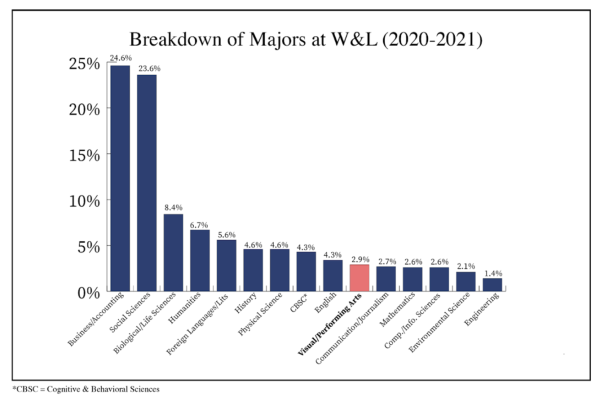
During that 10-year period, only three out of the nine other schools represented ever dip below Washington and Lee’s proportion of arts majors.
The data also shows that for most schools, there has been a downward trend of arts involvement over the past 10 years.
But there was an upswing in arts majors this year at many schools, including Washington and Lee. Still, the low percentage of arts students begs the question: is the university missing the “art” in liberal arts?
The answer is more complex than the data alone seem to suggest.
Josh Darrow, ’26, an economics major who has been heavily involved in the music department through choir and orchestra, said the school has accessible arts programs that don’t exclude non-majors.
“Part of the beauty of going to W&L is that even without being a music major or a music minor, students have the ability to participate in the musical Ensembles that we have on campus,” Darrow said.
At Washington and Lee, musical ensembles like the University Singers have open auditions. Students do not have to be a music major to audition or participate in choir. Theater productions and the dance company are also open to arts majors and non-majors alike.
This, Darrow says, could contribute to the lack of commitment to majoring in the arts.
George Bent, professor of art history, said he wished more students would get involved in the arts. He said there is value in participating in the arts – even for those who are not majoring in that area.
“Pre-meds need to know how to hold a scalpel, and what better way to learn than to hold a pencil, brush, or chisel?” Bent said, “More students must take these classes if they want to understand the world they’re about to enter.”
At liberal arts colleges that are built on the idea of exposing students to all disciplines, there will likely always be the opportunity to participate in the arts.
Bent said the resources are all there, but it is up to the students to participate in the arts.
“You’re here to explore,” Bent said. “You’re here to try and to fail and to grow and to love and to ache and, ultimately, to figure out who you are.”
The arts, he says, are the best way to do this.
“Now is the time to revel in the arts because you won’t have that unfettered time five years from now,” he said. “Don’t waste it.”



